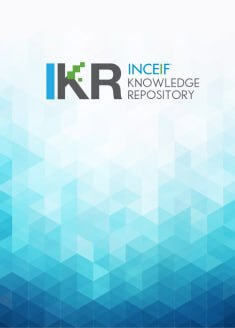Understanding investor behavior from the variation of sukuk spreads

Abstracts views
1
Views & Download
2
Date
2014
SDG:
Abstract
Technically, sukuk that are traded in the secondary market are quoted based on the spreads to a particular risk-free security, such as government investment issues (GII). In the conventional bond market, these spreads are known as credit spreads. The credit spreads are the main focus of investors in corporate bonds. Similarly, the sukuk spreads indicate the compensation to risk, referred to as the risk premium. The risk premium is the factor that makes investors willing to invest in sukuk despite the risks that they may encounter. Even though sukuk are structured based on the different kinds of contracts, which can be sale-based, leased-based, partnership-based or agency-based, the associated risks to sukuk is mainly reflected in the spreads, which is comparable with other sukuk that possess similar rating, duration and outlook for trading purposes. For example, a fund manager observes that the 10-year �AAA� Idaman Sukuk is trading at a spread of 108bps above the 10-year GII. If another corporate sukuk with similar credit rating, duration and outlook were trading at a 115bps on a relative value basis, the second sukuk would be a better buy. Why? This is because with the same risk, the investor could get a higher compensation or premium (115bps vs 108bps) by investing into the second sukuk. This is one of the strategies carried out by the fund manager in an active sukuk portfolio management.
Keywords
Investor behavior , Sukuk
Citation
Abdul Rahman, M., Omar, M. A., Kasim, S., & Hidayat, S. E. (2014). Understanding investor behavior from the variation of sukuk spreads. Islamic Finance News, 19-20.
Publisher
Redmoney
DOI
License
Files

Understanding_investor_behavior_from_the_variation_of_sukuk_spreads_Maya Puspa et al.pdf
Size: 291.05 KBFormat: pdf
Views: 0 Downloads: 2
